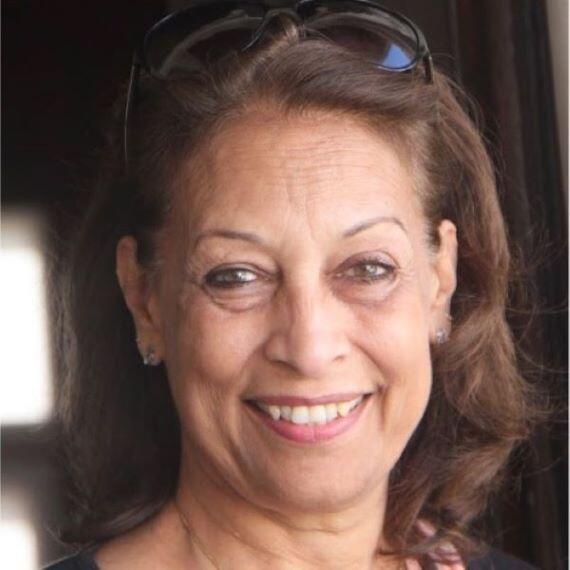An Interview with Amita Baig, WMF India Executive Director

Amita has worked with WMF over two decades and currently serves as the Executive Director of WMF India. She has stewarded conservation projects across the country, including Osmania University College for Women and Historic Water Systems of India. Get to know Amita and her passion for heritage preservation.
1. World Monuments Fund (WMF): Please describe your role at World Monuments Fund.
Amita Baig (AB): Although I have been with World Monuments Fund for over 20 years, we did not establish WMF India until 2015. Three and a half years ago, I became the Executive Director of WMF India, where I promote, operate, and manage WMF programs and projects throughout India. I am proud of the fact that over the past 20 years, we have built an extremely credible reputation in the field of cultural preservation and conservation which continues to grow today.
2. WMF: How did you first become interested in cultural heritage preservation?
AB: I stumbled upon it. I witnessed the launch of the Indian National Trust for Art and Cultural Heritage (INTACH), and I was among the first group of people who joined INTACH to help set it up. It was an extremely exciting challenge because we were creating our own paradigms, creating our own goal posts and benchmarks. I believe that was hugely exciting to build a nationwide organization, especially within such a diverse country, where everywhere you turned, there was something new with a new way of approaching conservation. Every project was unique with its own unique challenges.
Working at INTACH was my first job. In those first years, we were trying to balance historic preservation within the context of urban renewal, where issues of access to drinking water and sanitation won out over conserving an historic building. In time, my work became more focused on advocating for historic preservation, and I took a leadership role in the advocacy programs. Doing this gave me much more flexibility and much more commitment to finding the right place for preservation within a contemporary context.
3. WMF: Tell us about one current WMF project you are particularly excited about.
AB: I am enormously excited about the Historic Water Systems of India project. With this project, we are really looking at a wide range of regions across the country. Every single water system has different opportunities and different challenges. There is a lot of work being done in India in this area, so it is as much about learning what others have done and building upon those values. The challenge will be to ensure the water reaches the people who need it. That is not something that gets done overnight—there are many factors involved in projects like this, including watershed management, community involvement, and environment management.
4. WMF: What does cultural heritage preservation mean to you?
AB: It is my life. It is the preservation of my country’s heritage. You cannot build a future if you are not rooted in the past. Continuous living cultures like India are rooted in the past, are rooted in our living heritage, and that makes it so much more meaningful to be involved in. Even if you contribute one building block in your country, you’ve made a huge contribution.
Learn More
World Monuments Fund safeguards cultural heritage around the globe, ensuring our treasured places are preserved for present and future generations.
Sign up for our newsletter to receive regular updates on our projects, stories from the field, upcoming events, and more!
